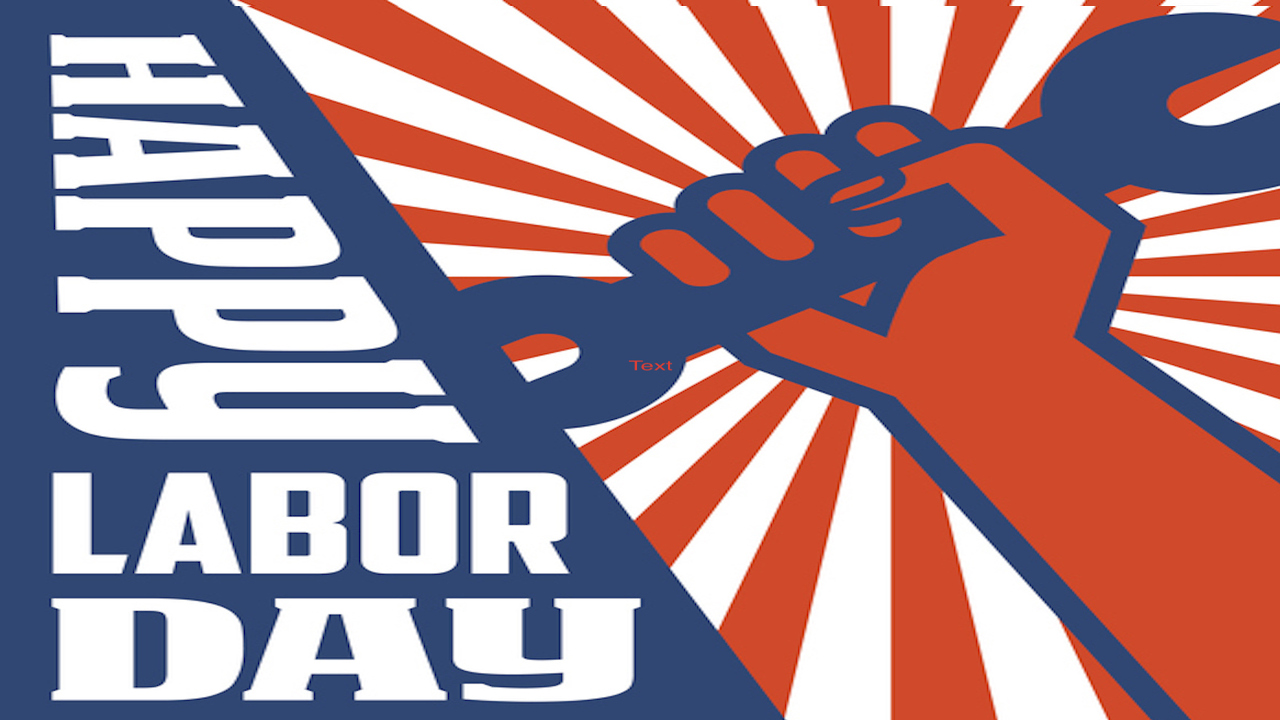One of my first organizing jobs was at Chicago ACORN. We shared office space with what was then SEIU Local 880 (now HCII), the homecare workers union in Illinois. After long days on the doors and phones, I would unwind with the 880 organizers. They were not only scaling up private and public sector homecare organizing but also planting the seeds of organizing among childcare workers on a similar model.
This was the mid-1990s, a time of incredible energy and optimism in the labor movement after decades of decline. There was new, organizing-centered leadership at SEIU. The living-wage movement was beginning to blossom. And, with the accession of John Sweeney to the leadership of the AFL-CIO, many unions were renewing their commitment to organizing and investing in drives with the potential to expand dwindling membership, recruit fresh leaders, and rebuild the power of organized labor.
As we all know too well, the Right only accelerated its attacks on labor in the decades to come; the new, large-scale organizing drives failed to fend off the attacks and resuscitate the movement; and unions continued to lose members and power. Today, only about one in ten American workers belongs to a union. Not coincidentally, as the power of the labor movement has declined, the need for an organized movement of working people has become only clearer: big corporations continue to gain frightening amounts of wealth, power, and control while poor and working-class people face layoffs, evictions, and death.
But the labor movement is hardly done for. Over the past several years, we’ve seen a wave of strikes and other workplace actions that demonstrate the power of organized labor; at the same time, organizers and rank-and-file leaders have begun innovating new models to bring renewed energy, militancy, and vision to the movement. Our guest editor Andrea Dehlendorf incisively argues in the introduction to this issue that now is the time for the labor movement to look forward rather than backward, to move beyond familiar methods of organizing and imagine new strategies to beat back assaults from the Right and challenge the outsized power of corporate America today.
Inside the issue:
-
Aimée-Josiane Twagirumukiza details the history of Black domestic labor organizing and shares the Unbossed Women’s Agenda to build Black domestic workers’ power, both inside and outside the workplace.
-
Becky Simonsen and Puya Geramini urge unions to fight austerity politics and develop working-class power for the long haul by building strategic blocs to demand a People’s Recovery.
-
Dania Rajendra and Tarso Ramos argue that, to defeat authoritarian companies and an authoritarian president, the labor movement needs to look beyond bargaining units, sectors, or industries to build the biggest possible community of interest.
-
Erica Smiley reframes the current crisis in capitalism as an opportunity to build new infrastructure and platforms to bring more people into the labor movement.
-
Michelle Miller urges the labor movement to embrace decentralized organizing strategies, arguing that the future of labor hinges on making organizing an accessible, popular mechanism for contesting power on the job.
-
Neidi Dominguez calls on the labor movement to organize both the employed and unemployed in transformational campaigns that will leave us better prepared for the next economic or public health crisis.
-
Matt Mayers and Lauren Jacobs challenge us to “flip the script” pitting jobs against the environment and invest in organizing workers in the green economy.
-
Labor journalist Sarah Jaffee talks with organizing directors at some of the country’s most ambitious and creative unions about how they are wrestling with broken labor law, declining unionization rates, and the challenges and opportunities of organizing in this moment.
We hope this issue is a jumping off point for more discussion, collaboration, and debate about the strategic questions labor needs to tackle to build a movement that can win a more caring and just future.

